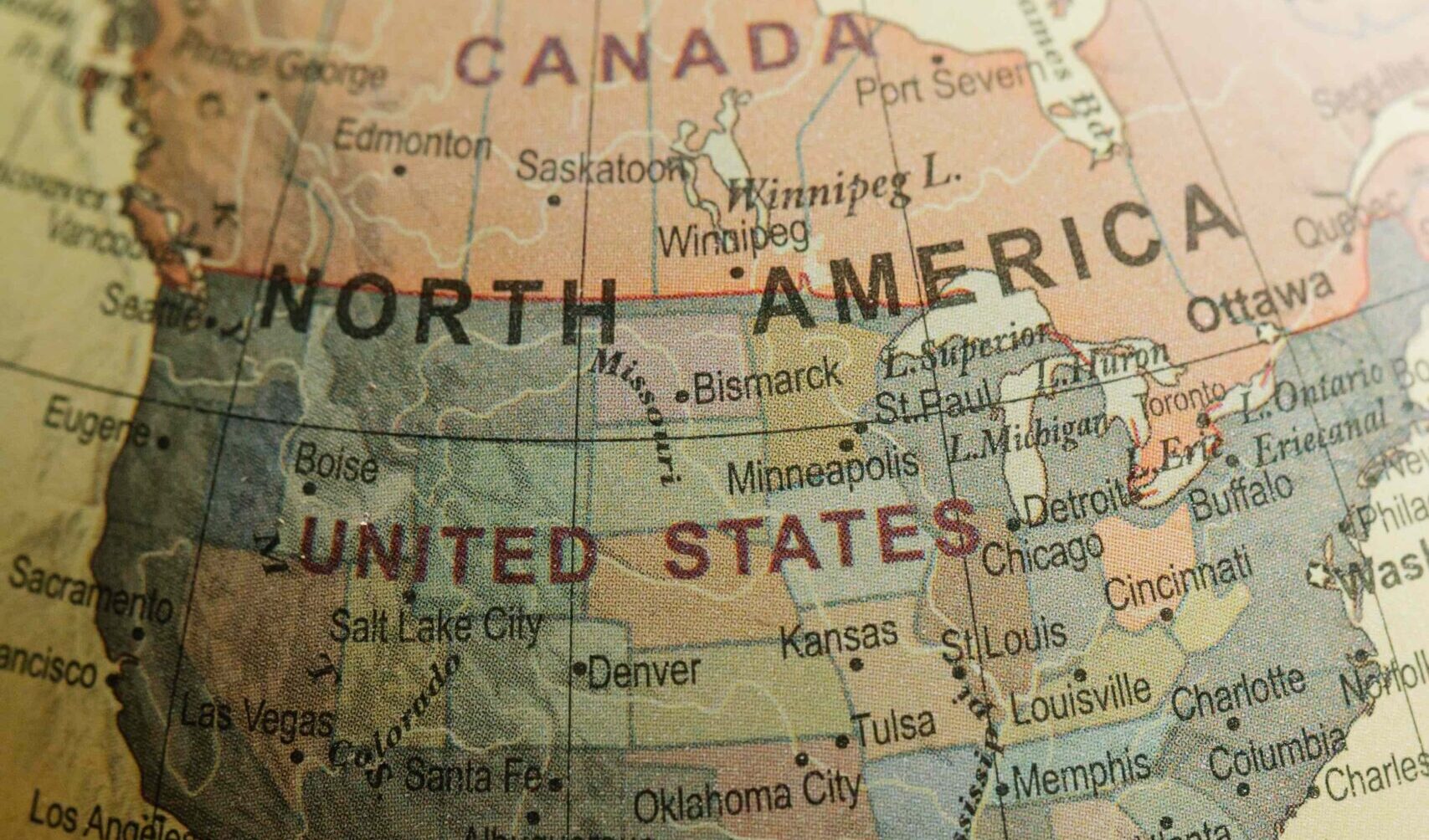Foreign land ownership has recently become a hot topic for politicians and the news media in the United States. Reasons given for interest in this topic include rising land values, added barriers for beginning farmers, and concerns about food security and national security due to non-U.S. ownership of agricultural assets. There is currently no federal law that prohibits the ownership of private agricultural land by foreign persons or entities. The federal government’s only involvement is the monitoring of land acquisitions and recording of information on those purchases through the passage of the Agricultural Foreign Investment Disclosure Act of 1978 (AFIDA). Under AFIDA, qualifying foreign entities who buy or sell an interest in agricultural land are required to report the transaction within 90 days of the date of transition. Failure to comply with the AFIDA results in a civil penalty of up to 25% of the fair market value of the interest held in the land (USDA-FSA 2021).
Under AFIDA, the term agricultural land includes cropland, pasture, and timber. Foreign holdings of U.S. agricultural land increased by 2.4 million acres in 2020 (USDA-FSA 2021). However, these holdings represent a relatively small proportion of the overall base of farm and timber land in the United States. The total amount of U.S. cropland, pasture, and forest land under foreign ownership in 2020 was 37.6 million acres, which represents about 2.9% of all agricultural land. It is also important to note that more than half of US farmland held by foreign countries are long-term leases, often by energy companies, as opposed to outright ownership.
The largest purchaser of U.S. agricultural land is Canada, representing 32% of land owned by all foreign buyers, or 12.4 million acres held. The next four countries holding U.S. agricultural collectively purchased 12 million acres or 31% of foreign-owned land. Those countries are the Netherlands (13%), Italy (7%), the United Kingdom (6%), and Germany (5%). In contrast, China owned 352,140 acres as of the end of 2020, which is less than 1% of foreign-held acres in the United States. As shown in Figure 1, China ranks 18th overall in U.S. land holdings among foreign countries and ranks 11th if we focus on U.S. farmland acquired between 2010 and 2020.
The USDA does not have the authority to intervene in private land deals, but individual states can and have passed legislation that affects who can buy agricultural land and how much they can own. In the past two years, many states have proposed legislation limiting foreign ownership of farmland and sometimes all real property. Those bills have varied in detail affecting scope of limitations, countries affected, and differentiating between individuals and corporations. Similarly, at the federal level there were several proposed measures introduced seeking to control, prohibit, restrict, or increase oversight on foreign investments in the U.S. agricultural sector. As this issue continues to evolve in legislative spheres, it is important to stay abreast of the details of proposed state and federal legislation.
Figure 1. Top 25 Foreign Countries by U.S. Farmland Ownership in 2020

Reference:
Foreign Holdings of U.S. Agricultural Land through December 31, 2020, by the Farm Service Agency and the Farm Production and Conservation Business Center, U.S. Department of Agriculture. Available at http://www.fsa.usda.gov/programs-and-services/economic-and-policy-analysis/afida/index
Taylor, Mykel. “Foreign Investment in Agricultural Land.” Southern Ag Today 3(20.3). May 17, 2023. Permalink


